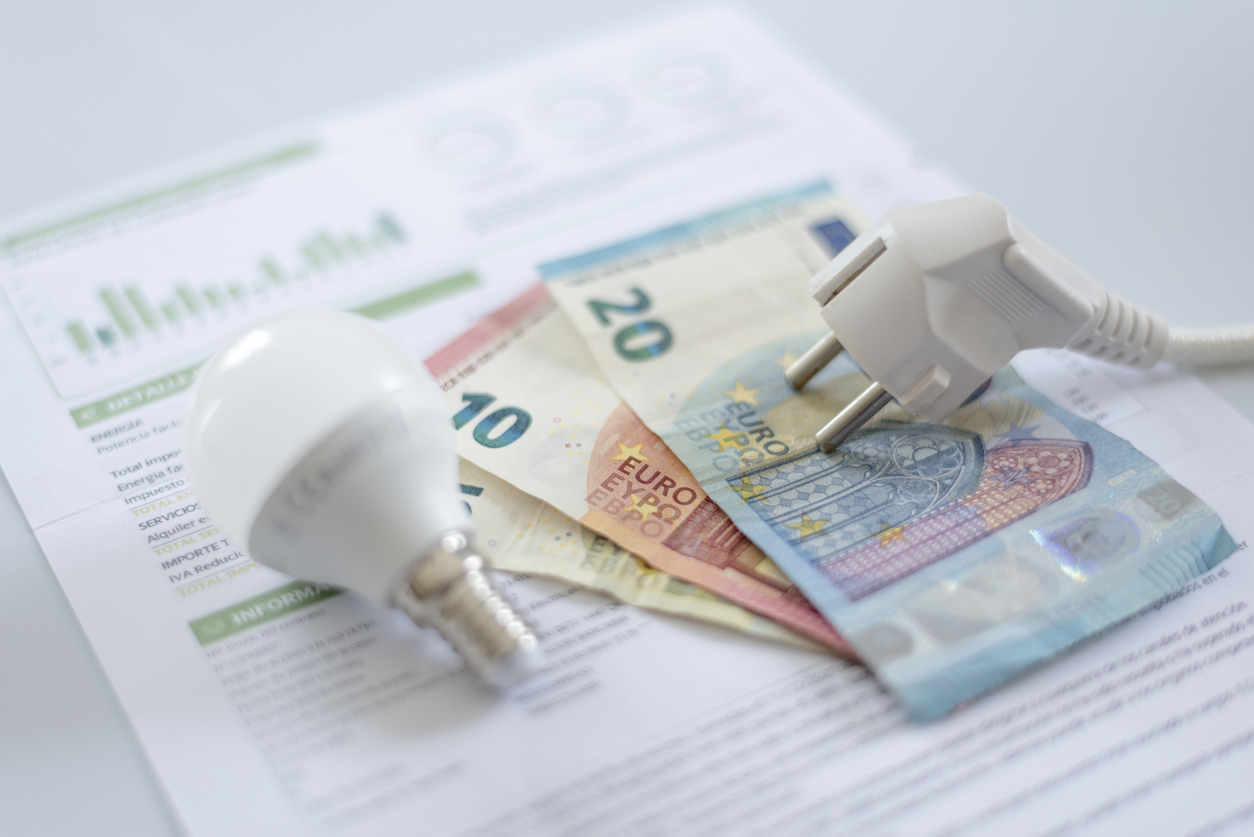
The average cost of electricity for households next year will range between 15 to 17 cents per kilowatt-hour, hence the electricity prices.
This means that electricity prices – without the horizontal support that was removed on December 31 – are set at the level they have been for all of 2023.
In other words, for the approximately 1.2 million households (more than 40%) benefiting from the electric heating allowance of between 45 and 480 euros that will be implemented for the first time in the first quarter of 2024, prices will be at lower levels than those currently.
It is worth noting PPC’s move last week to proceed with a reduction of approximately 40% of the fixed tariff (without fluctuations throughout the decade), the cost of which had been set since the previous Monday, December 4, at 17.5 cents per kilowatt-hour from 28 cents it would have been. Accordingly, the nightly tariff is 16.6 cents, compared to 24 cents the previous price (30% discount).
This tariff, which (like all fixed tariffs) will be marked in blue, can be preferred by consumers who – regardless of the development (up or down) of energy prices on international and Greek markets – would like to have a fixed fee, which is currently higher than floating tariffs. But it is not significantly different from it. Another important difference between fixed, blue tariffs and the rest of the floating tariffs is that those who sign such contracts will not be able to “break” them for free before the expiration of their term (they will have to pay a “penalty”), while in the rest, the transfer to a supplier or invoice remains. Others for free.
Based on the data available so far, the electricity tariff framework in 2024 is structured as follows:
As of January 1, 2024, there will be four definitional categories:
Fixed tariff, with a blue tick and fixed supply price (€/kWh) for the duration of the contract.
The special combined tariff, marked in green, in which the supplier will announce the invoice price by the first day of the month of placing the order, i.e. consumers will know the price they will pay on every single day of the month.
Other variable tariffs, in yellow, include tariffs with a variable supply charge (EUR/kWh), where the price changes, depending on the fluctuations of the wholesale electricity market.
Dynamic tariffs, highlighted in orange, include tariffs whose prices change, based on wholesale electricity market prices during the day. The condition for submitting the specified tariff is the presence of a smart meter.
The discussion recently centered around the “green” tariff that was introduced at the initiative of the Ministry of Environment and Energy in order to transfer it to this group of consumers as of 1/1/2024. It is estimated that approximately 70% of consumers will be switched to a “green” tariff, with all but those with fixed-kilowatt-hour contracts and those who will explicitly declare to their suppliers that they do not want a “green” tariff and choose another of those available in market.
As the Ministry of the Interior points out, the main benefit for consumers who will choose the green tariff is that they will know in advance, on the first day of each month, the monthly bill price, and will therefore be able to compare prices. Supplier offers and choose the best. In addition, the QR code (and link) is inserted into electricity bills and other supplier messages (SMS and emails) with reference to the RAEA Price Comparison Tool website, so that consumers can check the price every month for the common tariff. and compare them with the total tariffs provided by suppliers.

“Avid problem solver. Extreme social media junkie. Beer buff. Coffee guru. Internet geek. Travel ninja.”





More Stories
“Recycling – Changing the water heater”: the possibility of paying the financing to the institution once or partially
Libya: US General Meets Haftar Amid Tensions Between Governments
New tax exemption package and incentives for business and corporate mergers..